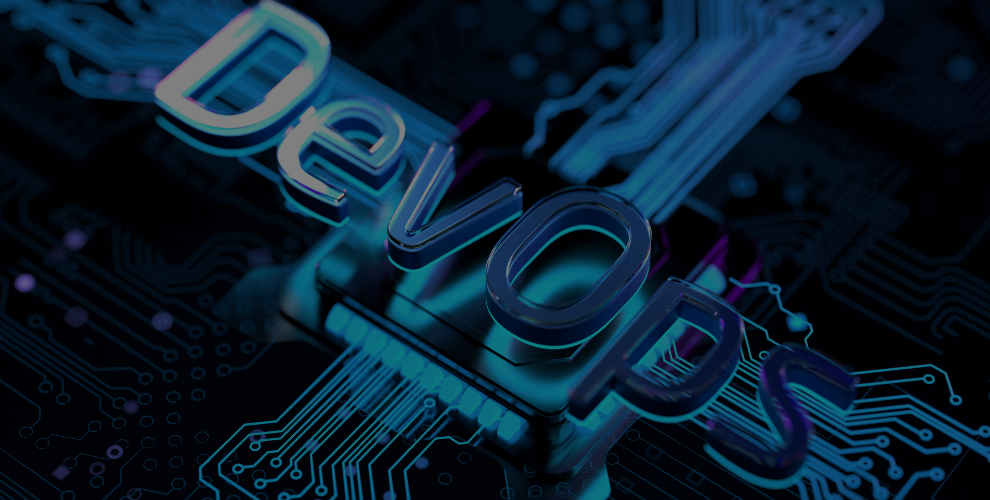
The Ultimate Guide to Software Development Life Cycle (SDLC): Phases, Models, and Best Practices
Table of Contents
Introduction
Welcome to WikiGlitz! Understanding the Software Development Life Cycle (SDLC) is essential for anyone involved in software development.
This guide will provide you with a comprehensive overview of SDLC, its phases, models, and best practices to ensure successful software development projects. Let’s dive in!
Key Takeaways
- SDLC is a structured approach that keeps up the efficiency and quality.
- Different SDLC models cater to various project needs and requirements.
- Implementing best practices in SDLC enhances communication, quality, and risk management.
What is SDLC?
Definition and Purpose
The Software Development Life Cycle (SDLC) is a systematic process used by software developers to design, develop, and test high-quality software.
It provides a structured approach to software development, ensuring that the end product meets the user’s requirements and is delivered on time and within budget.
Importance in Software Development
SDLC helps in planning, managing, and controlling the development process.
It provides a clear framework for project execution and ensures that all stakeholders are aligned with the project goals and deliverables.
Phases of SDLC
Requirement Gathering and Analysis
- Techniques for Gathering Requirements: Using interviews, surveys, and workshops to collect information.
Planning
- Project Scope and Objectives: Defining the scope, goals, and deliverables of the project.
- Creating a Project Timeline: Developing a detailed timeline with milestones and deadlines.
System Design
- Architectural Design: Creating the overall system architecture.
Development
- Coding and Implementation: Writing the code based on the design specifications.
- Choosing the Right Technology Stack: Selecting appropriate technologies and tools for development.
Testing
- Types of Testing: Conducting unit, integration, system, and acceptance testing.
- Importance of a Testing Environment: Ensuring a controlled environment for testing to identify and fix bugs.
Deployment
- Preparing for Deployment: Setting up the production environment and planning the release.
- Continuous Integration and Deployment: Using CI/CD pipelines to automate deployment processes.
Maintenance
- Regular Updates and Bug Fixes: Continuously improving the software with updates and fixes.
- Handling User Feedback: Collecting and addressing feedback from users to enhance the software.
SDLC Models
Waterfall Model
- Overview and Characteristics: Sequential approach with distinct phases.
- Pros and Cons: Simple and easy to manage but inflexible to changes.
Agile Model
- Overview and Characteristics: Iterative and incremental approach with flexibility.
- Pros and Cons: Highly adaptable but can be challenging to manage scope.
Iterative Model
- Overview and Characteristics: Develops the system through repeated cycles.
- Pros and Cons: Allows early feedback but can lead to scope creep.
V-Model
- Overview and Characteristics: Extension of the waterfall model with a testing phase for each development stage.
- Pros and Cons: High emphasis on testing but less flexible to changes.
Spiral Model
- Overview and Characteristics: Combines iterative development with risk management.
- Pros and Cons: Focuses on risk management but can be complex and costly.
Best Practices in SDLC
Importance of Documentation
- Types of Documentation: Technical, user, and project documentation.
- Maintaining Updated Documentation: Ensuring documentation is current and accurate.
Effective Communication
- Regular Meetings and Updates: Holding consistent meetings to discuss progress and issues.
- Collaboration Tools: Using tools like Slack, Teams, and project management software for better communication.
Quality Assurance
- Implementing QA Processes: Integrating QA throughout the development process.
- Continuous Testing and Improvement: Regular testing and feedback to improve software quality.
Risk Management
- Identifying and Mitigating Risks: Proactively identifying risks and planning mitigation strategies.
- Contingency Planning: Preparing for potential issues with backup plans.
Tools and Technologies for SDLC
Project Management Tools
- JIRA: Comprehensive tool for tracking and managing software projects.
- Trello: Visual task management tool for organizing projects.
Development Tools
- Integrated Development Environments (IDEs): Tools like Visual Studio Code and IntelliJ IDEA for coding and debugging.
- Code Editors: Lightweight editors like Sublime Text and Atom.
Deployment Tools
- Docker: Containerization platform for consistent deployment environments.
- Jenkins: Automation server for building, testing, and deploying code.
Common Challenges in SDLC
Managing Changing Requirements
- Flexibility and Adaptability: Using Agile practices to accommodate changes.
- Clear Communication: Ensuring stakeholders are informed about changes and impacts.
Ensuring Stakeholder Alignment
- Regular Updates and Meetings: Keeping stakeholders informed and engaged.
- Clear Documentation: Providing detailed documentation to ensure everyone is on the same page.
Maintaining Quality Standards
- Continuous Testing: Integrating regular testing throughout the development process.
- Quality Metrics: Tracking metrics to ensure quality standards are met.
Meeting Deadlines and Budgets
- Effective Planning and Estimation: Accurate estimation of time and resources.
- Monitoring and Control: Regularly reviewing progress against plans and budgets.
Conclusion
WikiGlitz has brought you this comprehensive guide to the Software Development Life Cycle (SDLC). By understanding the phases, models, and best practices of SDLC, you can ensure successful software development projects. Implement these insights to improve your development process and deliver high-quality software on time and within budget. Happy developing!
FAQs
What is the purpose of SDLC in software development?
SDLC provides a structured approach to software development, ensuring that the final product meets user requirements and is delivered on time and within budget.
What tools are essential for managing SDLC?
Essential tools include project management tools (JIRA, Trello), development tools (IDEs, code editors), testing tools (Selenium, JUnit), and deployment tools (Docker, Jenkins).
How can I ensure effective communication in my SDLC process?
Use collaboration tools, hold regular meetings, and maintain clear and updated documentation to ensure all team members and stakeholders are aligned.
What are common challenges in SDLC and how can they be overcome?
Common challenges include managing changing requirements, ensuring stakeholder alignment, maintaining quality standards, and meeting deadlines and budgets. Overcome these by using Agile practices, clear communication, continuous testing, and effective planning.
Want to keep up with our blog?
Our most valuable tips right inside your inbox, once per month.
Error: Contact form not found.
WikiGlitz Team
Welcome to WikiGlitz, your ultimate destination for tech insights and innovation. Our expert team is dedicated to delivering free resources and professional advice on various technology topics, including Artificial Intelligence, Cyber Security, Cloud Computing, and more. We strive to empower our readers with up-to-date information and practical guidance, ensuring you stay ahead in the rapidly evolving tech landscape. At WikiGlitz, we are passionate about making complex technology accessible to everyone. Our team of seasoned experts curates content that is both informative and engaging, helping you understand and leverage the latest tech trends. Whether you're a tech enthusiast or a professional, WikiGlitz is your go-to source for reliable, expert-driven content. Join us on this journey to explore and embrace the future of technology.





